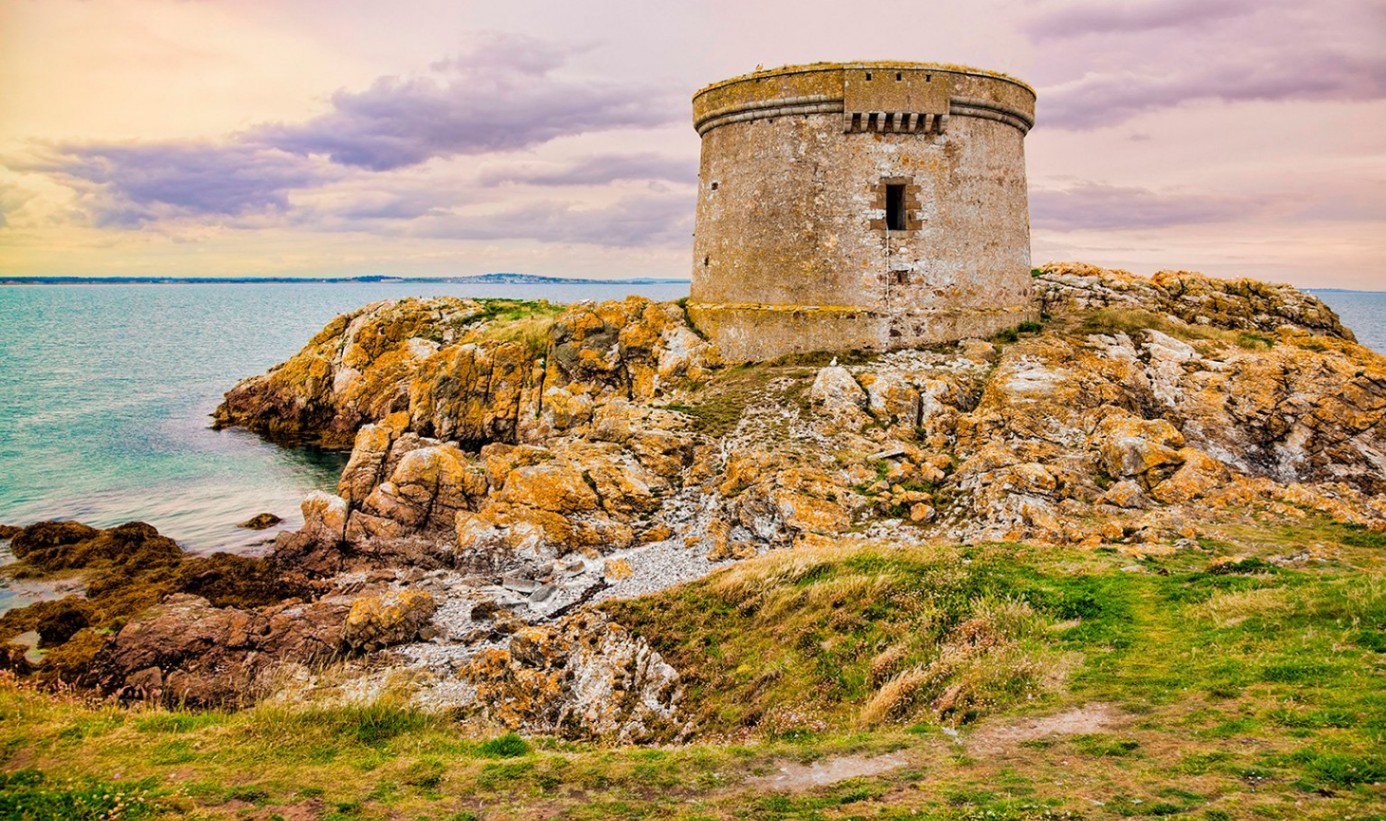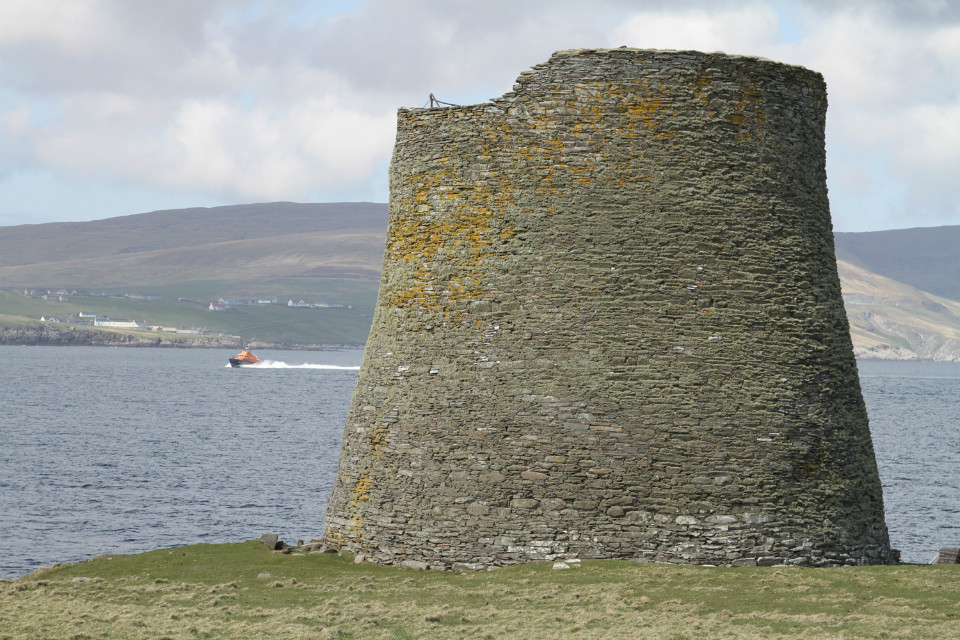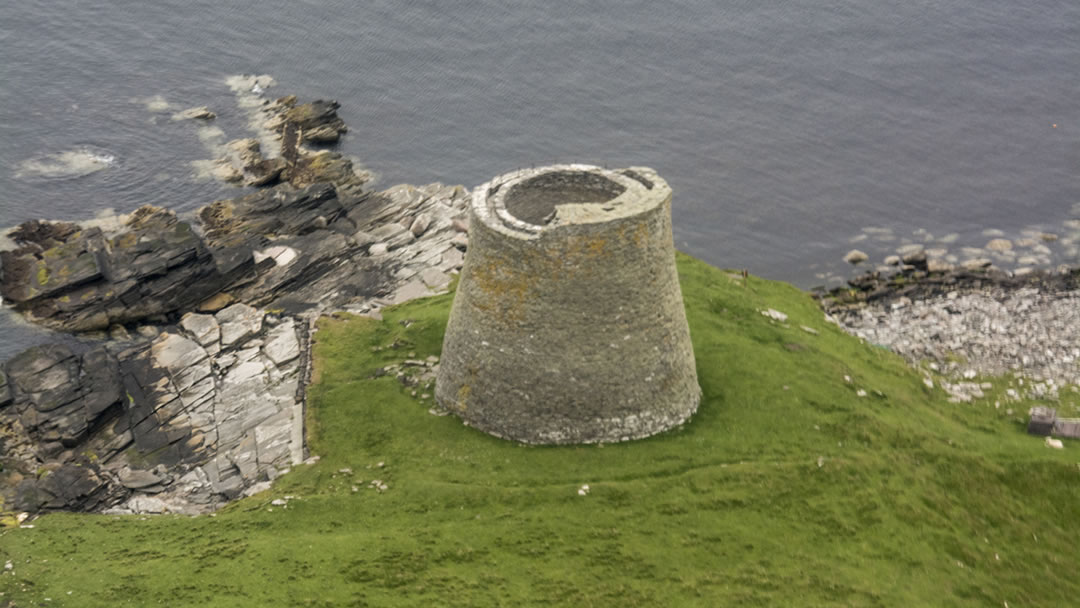The Broch of Mousa, a remarkable structure located on the island of Mousa in Shetland, Scotland, is an iconic example of an Iron Age broch. Brochs are unique circular stone towers that were constructed during the Iron Age in Scotland and are considered to be one of the most impressive architectural achievements of the time.

The Broch of Mousa stands as a testament to the advanced engineering skills and craftsmanship of the ancient inhabitants. Rising approximately 13 meters high, this ancient tower is remarkably well-preserved, with its double-walled construction and intricate interior features still intact.
Despite the prominence of brochs in the archaeological landscape of Scotland, their exact purpose and origin remain subjects of ongoing research and exploration. Scholars and archaeologists continue to investigate the origins of brochs and the factors that led to their construction.

Theories about the purpose of brochs have evolved over time. Initially, they were believed to be defensive structures, serving as fortified residences or defensive strongholds. However, as research has progressed, alternative hypotheses have emerged. Some suggest that brochs had ceremonial or symbolic significance, while others propose that they functioned as status symbols or served multiple purposes.
Excavations and studies conducted at various broch sites, including the Broch of Mousa, have provided valuable insights into their construction techniques, interior layouts, and possible functions. These investigations have shed light on the daily lives, social structures, and architectural practices of the Iron Age communities that built and inhabited these structures.

As research continues, new discoveries and interpretations are shaping our understanding of brochs and their significance. Advances in archaeological techniques, such as geophysical surveys and scientific analysis of artifacts, are aiding in the exploration of broch sites and providing a more nuanced perspective on these enigmatic structures.
.jpg)
The Broch of Mousa, with its imposing presence and remarkable preservation, serves as a captivating reminder of the mysteries that still surround the origins and purpose of brochs. It stands as a focal point for ongoing research and exploration, offering valuable glimpses into the Iron Age societies that once thrived in Scotland’s ancient landscapes.